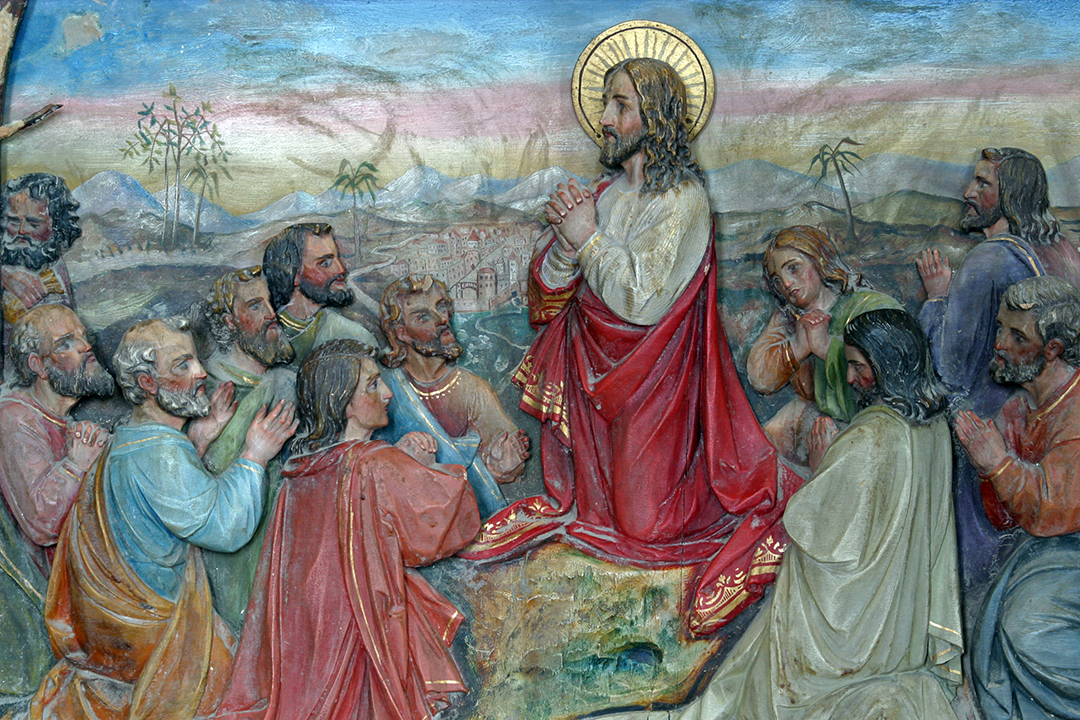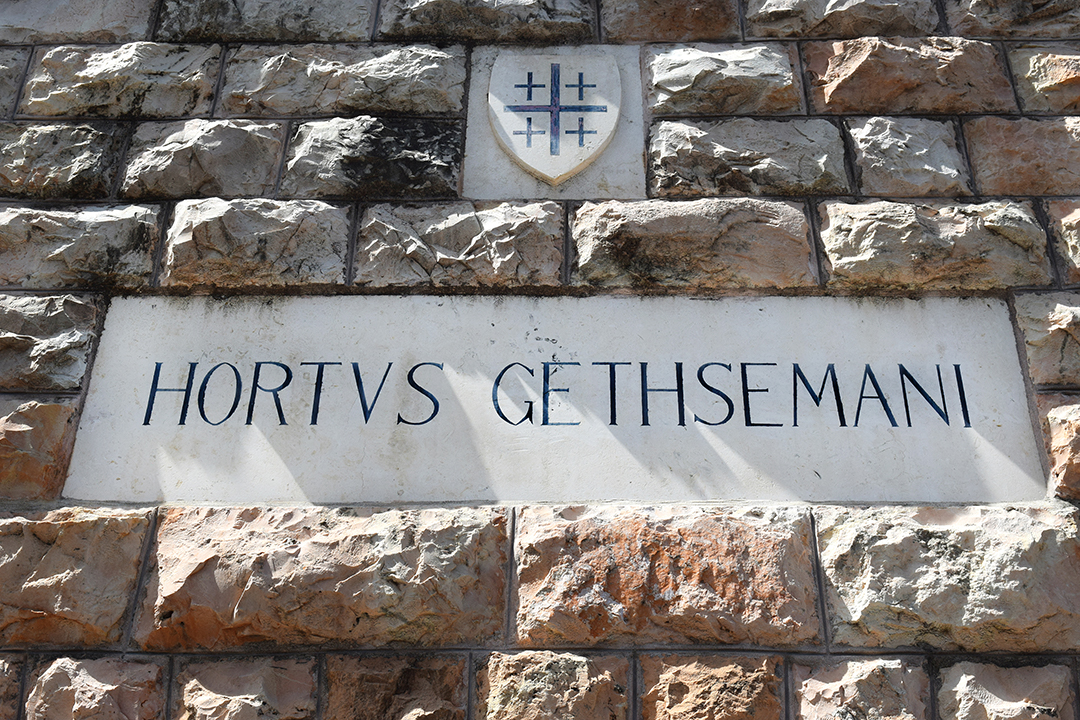According to Lifeway Research, 24% of Americans observe Lent, a forty-day period of spiritual preparation for Easter. Lent begins on Ash Wednesday and ends on Palm Sunday. This tradition dates back to the early Christian church and often involves a spiritual discipline such as abstinence.
Some observers give up favorite pleasures or certain foods for Lent. Christianity Today magazine reports on a study of over 29,000 Twitter messages in which people reported on what they were giving up for Lent. Some were serious and some were sarcastic.
Social networking topped the list, which also included single-use plastics, alcohol, red meat, chocolate, swearing, candy, and coffee. There were many more. Foods and technology topped the list. Some people said they were giving up religion for Lent!
In addition to the practice of abstinence, many people do something for others, go to church more, and pray more. My own spiritual exercise for this season has been to write for this space a series of meditations on our Lord’s sorrowful prayers in the Garden of Gethsemane. Luke’s gospel tells us it was a place where he usually went with his disciples. He went there to pray on the night of his betrayal.
What Jesus said and did in Gethsemane must surely prompt response of some kind. For some, it may involve giving up something for the Lord, out of gratitude and love. But permit me to offer a word of caution: no amount of self-discipline, of sacrifice, or of good deeds may earn merit or righteous standing before a holy God. The New Testament makes this clear.
For example, in Paul’s letter to Titus, the apostle gives us his theology of the gospel and its relationship to good works. In Titus 3:4-7, justification is by grace, because of God’s mercy, in the washing of rebirth, and renewal by the Holy Spirit – pure grace, kindness, and love.
Then, and only then, after establishing the fact that “he saved us,” does Paul introduce “doing what is good” (Titus 3:8). He says these good deeds are excellent and profitable. But it is clear that “he saved us, not because of righteous things we had done” (Titus 3:5).
So instead of thinking about what we might have given up for Lent, I propose that we give in to the Lord Jesus Christ, out of gratitude and love. On this Good Friday, let’s come once more to Gethsemane, feel the Savior’s anguish, hear his prayer, “Not what I will, but what you will” (Mark 14:36). Give in to him and believe in what he did for sinners when he surrendered his life to do the Father’s will on the cross.
Gethsemane demonstrates both his humanity and his deity. His revulsion against and his embrace of the purpose for which he came into the world. Give in to him who said, “I lay down my life – only to take it up again. No one takes it from me, but I lay it down of my own accord. I have authority to lay it down and authority to take it up again. This command I received from my Father” (John 10:17-18).
Give in to him. The best thing you can give up for him is yourself.








